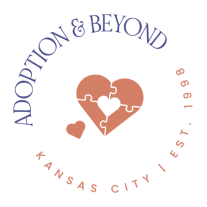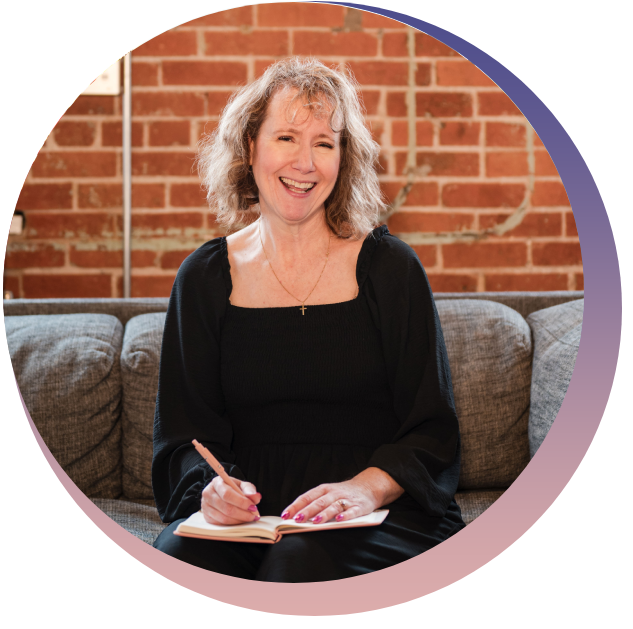Having been in the adoption profession for as long as I have, I have answered many of the same questions for hopeful adopting families. Below is a list of some of the most frequently asked questions that I receive along with my answers. Let’s dive in!
How long will it take to receive a child through adoption?
This is the question of the year! Everybody wants to know the answer to this question, and there is no concrete answer. It is not the agency nor the adoption professionals that you’re working with who make this decision. It is the expecting parents who make this decision. A lot of what determines this timeline is just being in the right place at the right time for the right expecting mom to find you.
Now, do I believe that there is an expecting mom that’s just perfect for you and your family? Yes, I do believe that. But I don’t know when that mom is going to come into your life and neither does anybody else. This is a very difficult part of the adoption process. That being said, there are things you can do to improve your opportunities of finding that mom a little sooner. One suggestion is to work with more than one adoption professional. You can also do your own self-networking and outreach as well.
With embryo adoptions, it usually takes less than a year to be matched because there are more embryos available than families wanting to adopt embryos. This has to do with a couple of things. One, people are unaware of the embryo adoption option. And secondly, most of the time when people land on adoption, they’re done with anything that remotely resembles infertility. They don’t want to go there emotionally and are completely done with trying to build their family medically.
If you’re adopting internationally, the timeline really depends on the country. With other countries, it’s a little more clear about what your timeframe may be. Before you are referred to a child that you would hope to adopt, the adoption paperwork has most likely already been completed. Because of this, you may find international adoption has a slightly clearer timeframe. With domestic adoptions, however, there is no timeframe. That being said, most families adopt within two years, and some will adopt even faster. It just depends on how much effort you put into making sure you are out there and available for an expecting mom to find you.
How often do expecting moms change their minds about their adoption plan or not follow through with placing their child for adoption?
Truthfully, I’ve heard all kinds of different numbers for this question. As an agency, less than 3% of our birth moms change their minds. But nationally, I’ve heard anywhere from 25% all the way up to 50%. It really has more to do with the adoption professionals you choose to work with and what adoption situations come through their agency. Generally speaking, it’s fair to assume that 25% of adoptions won’t work out. That means that 75% of the time it does!
When you’re in that 25%, it’s devastating on several different levels. When you go into adoption, understand that it’s going to work out more often than not. Just because you have a failed adoption doesn’t mean you’re never going to adopt. You may need to go through a couple of failed adoptions before you have a successful one. Some families never go through a failed adoption. So it just depends on the right situation coming along for you and how much the adoption professional has screened the expecting mom.
With international adoptions, the children are already available for adoption. You don’t necessarily have to worry about a birth mom changing their mind with international adoption. The risk that you have with international adoption, however, is that a country could shut adoptions down. For example, everything was perfectly fine in Ukraine with adoptions until Russia attacked Ukraine. Now no adoptions are happening. You never know what could possibly happen internationally to make adoptions discontinue.
Will we receive medical and family background on the child?
If you’re adopting domestically, then the answer is most likely yes, because you’re working with an expecting parent who is voluntarily choosing to place their child for adoption. In this case, you will have medical information and background information from them.
Now, that being said, will you have information on the birth father? Possibly not. Very few birth fathers are involved in the adoption process, and therefore their information is often missing. It’s also possible that the birth father is unknown or there could be multiple birth fathers. DNA testing is not always done in every adoption process.
In international adoption, the children have typically been abandoned. It is possible that with some countries, you won’t have information until that child enters an orphanage. At that point in time, you would have access to more information about the child. In some countries, it’s just like a domestic adoption where the birth parent relinquishes the child. And in those countries, you would have more medical information about the child.
What is the cost of adoption?
While this is a fantastic question, and something you really need to know before you start, it depends on the avenue of adoption you pursue. With domestic adoption, it could be anywhere from $25,000 to $70,000 depending on the agency you work with. If you work with a consultant, the cost could range anywhere from $35,000 to $60,000.
When you choose a private adoption, also known as an independent outreach or self-networking adoption, you will likely spend between $10,000 to $14,000. With an embryo, it depends on whether you are successful in becoming pregnant the first time that you do an embryo adoption. Your adoption could be between $9,000 and $12,000. If you adopt through foster care, the majority of the time it is free. Even if there are costs involved with foster care, generally children from foster care come with what’s called a subsidy. This covers any cost that you may have had to pay out of pocket. If there is a cost, it’s as nominal as $1,000 to $2,000.
International adoptions can cost anywhere between $25,000 and $55,000. In terms of the cost difference between international and domestic, there’s not the cost difference that there used to be 10 years ago. As I previously mentioned, the cost really does depend on the kind of adoption you’re pursuing and who you choose to work with.
If I could impart any words of wisdom to you, it would be this: it’s really important to be very flexible in the adoption process. Be patient and prepare for the unexpected. Go into adoption with an open heart and an open mind.
For more information about adoption and other helpful resources, check out this week’s YouTube video and subscribe so you don’t miss any helpful information.
If you need help getting started in the adoption process, the ALL About Adoption course is available to help you navigate your next steps with greater clarity and confidence.
If you’re trying to decide which type of adoption is right for you, Adoption & Beyond’s mini-course is designed to help you make the best decision for you and your family. Learn more about the course here.
This blog post is provided for educational and informational purposes only. Our services are not financial, business or legal advice. The information presented here is not a guarantee that you will obtain any results or earn any money using our content. Adoption & Beyond, Inc. owns all copyrights to the materials presented here unless otherwise noted.

